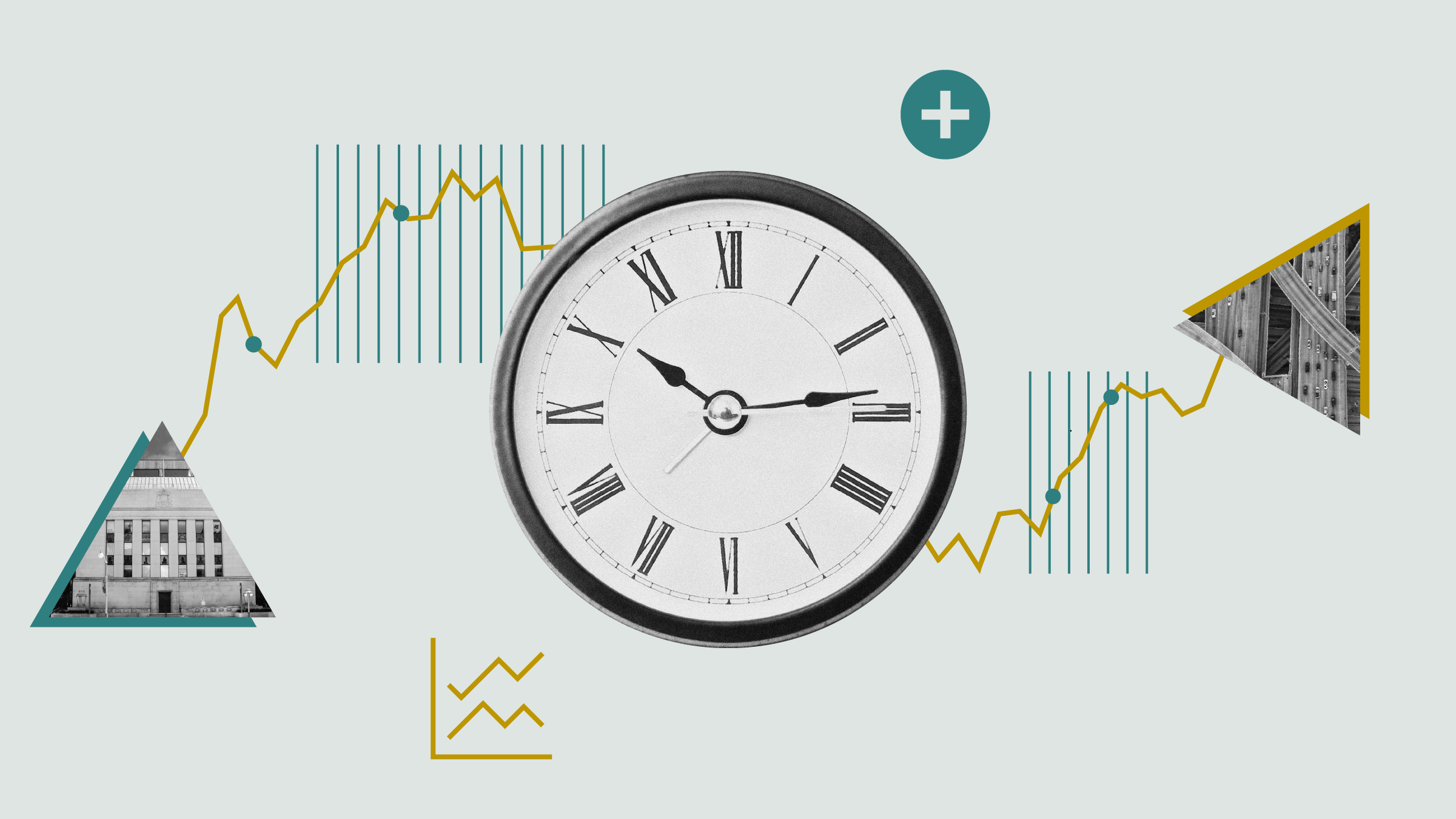
Bank of America recently declared that we are in the biggest bond bear market in history. By October, the value of bonds had lost 24.7% since the summer of 2020. “Yes, it’s the worse fixed income market we’ve ever had,” acknowledges David Sekera, Chief U.S. market strategist, at Morningstar, adding: “It’s also following in the wake of the lowest yields we’ve ever had.”
If a similar shock had hit stocks, it would have been reported everywhere. But this unfolding over nearly three years has been relatively subdued. “People didn’t worry too much about it because of how their assets are distributed, explains Yanick Desnoyers, Vice-president, economics, at Addenda Capital. Their biggest asset is their house and when they’re in the market, it’s in stocks. Bonds are not a major part of their portfolios.”
“Inflation and the overnight Fed rate have been getting all the attention, not the 30-year rate,” adds Earl Davis, Head of fixed income and money markets at BMO Global Asset Management.
Also, because of the very low rates that prevailed until 18 months ago, Desnoyers points out, people had moved away from bonds into all sorts of alternative holdings like infrastructure or REITs. And those who were in bonds held shorter duration notes, recalls Davis. “Shorter duration portfolios have certainly not lost 25% (as Bank of America advertises),” he adds.
Indeed, it is the longer end of the yield curve that has been hit, and the biggest shock has happened early fall. “What hit around September is almost a perfect storm,” Davis points out. “Yields have increased by 80 base points in only a couple of months,” Sekera indicates. From 4.2%, yields on 10-year bonds shot up to 5% on October 19, but they have since receded slightly in the vicinity of 4.85%.
The Fed’s Overnight Rate is Not the Focal Point Anymore
This dramatic increase happened at a moment when, surprisingly, expectations concerning the Federal Reserve’s rate policy “didn’t move by even one iota,” Desnoyers says. Usually, rate policy would be a major force moving yields in such fashion.
Rather, two other factors have been at work. The first one hinges on the U.S. government’s budgetary policy with a deficit representing 8% of GDP and the national debt, 123% of GDP. “Those are levels equivalent to what the country saw at the end of the Second World War, Desnoyers says. Usually, with unemployment so low, the U.S. government should be drowning in surpluses and lowering its deficit. Instead, public finances are deteriorating. Since last September, this has been a major subject of conversation.”
“A higher U.S. deficit has put a lot of downward pressure on bond prices, Sekera signals, while foreign holders are selling their Treasuries.”
The other factor is that portfolio managers were simply not prepared for what is going on. The expectations of a large majority were that a recession was on the way, and the Fed would lower its overnight rate, helping bonds to improve and longer-term yields to rise. “I have never seen as pessimistic a consensus as this with prediction errors as huge, Desnoyers exclaims. People have been wrong for one and a half year. In Q3 of 2023, the consensus forecasted a negative – 1% growth rate. Reports showed + 4.9%!”
So, central bank rates in Canada are on hold, while the U.S. budgetary situation is pressing down on bonds and the unexpectedly strong economy is prompting central banks to stay put.
Time to Lock In Higher Rates – Prudently
“From an investor standpoint, I just love where we are,” Davis says. Indeed, the bond market is becoming attractive again. “We’ve had 40 years of lowering yields, he adds. Now, we’re entering a period of at least five years of higher rates.”
Sekera shares a similar view: “We should see new demand for long term bonds on the part of institutions, and we are starting to see more and more of it. It’s pulling prices up and yields are subsiding. We still don’t see a recession, but growth should soften for the next few quarters and inflation come down, allowing the Fed to start cutting rates. People will want to lock in present higher rates, and it’s time for investors to do that.” Indeed, when central banks start lowering rates, it should inversely improve the yield on bonds.
Yes, we’re entering a period of higher returns, Davis agrees, but he also warns against volatility. “We see the destination of lower rates (on the part of central banks), but we could find ourselves with higher rates in the meantime because, for example, the geopolitical situation in Ukraine and Israel could cause oil to rise, push inflation up, and inspire central banks to hike rates again. Furthermore, Biden is in an election year, so he won’t be more disciplined.” And that could cause more jitters in the bond market.
So “it’s not the time to be selling bonds at this time, but rather to increase duration, or to buy outright,” Davis advises, a position that Sekera also espouses. But volatility commands prudence, Davis believing that a managed approach is required more than ever. “I’ve been in the market for 30 years, he says, and this is what I’ve been training for.”






:quality(80)/cloudfront-us-east-1.images.arcpublishing.com/morningstar/NYUEHSFI4BDCJPQZJ76HH4PKSM.jpg)
:quality(80)/cloudfront-us-east-1.images.arcpublishing.com/morningstar/6ZMXY4RCRNEADPDWYQVTTWALWM.jpg)
:quality(80)/cloudfront-us-east-1.images.arcpublishing.com/morningstar/6ZMXY4RCRNEADPDWYQVTTWALWM.jpg)











